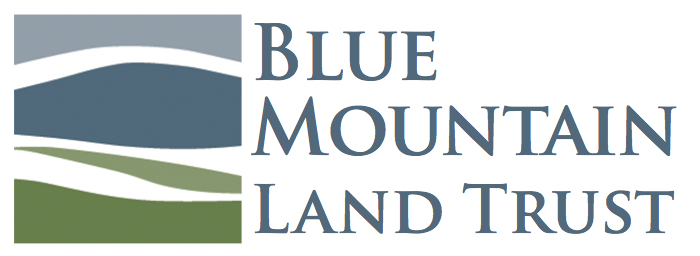Strengthening climate resilience
The effects of climate change continue to dominate headlines. But despite these challenges, we are reminded of the places we can find common ground within our region that matter to us all for their clean water, healthy forests and grasslands, productive soils, and plant, animal, and human inhabitants. This unique combination of farm and natural lands makes this part of the world so special.
Protecting farm and natural lands through regional conservation efforts is climate change work. Action at the local level is more important now than ever. It is up to our communities to safeguard our water resources, farmland, fish and wildlife habitat, and migratory corridors essential for species survival and a more climate-resilient future.
How we work with landowners
Together with landowners, we can protect the land through the use of conservation easements, a voluntary legal agreement between a private landowner that places permanent restrictions on the land to limit certain activities, development, or subdivision of the property. It also requires stewarding the land in a particular way, leading to greater conservation benefits for fish and wildlife, agricultural viability, and other important resources.
Land under easement remains private property. The landowner retains ownership, and can continue to steward the property for farming, ranching, forestry, recreation, education, or other activities. The land can be sold or passed on to heirs. The conservation easement transfers with it, protecting the land forever.
GUIDE
Read Your Land, Your Legacy: A Landowners Guide to Conservation Easements to learn the benefits of land preservation with BMLT.
OUR PROJECTS
Protecting the land, water, soil, species, and climate of the Blue Mountain region for future generations.



